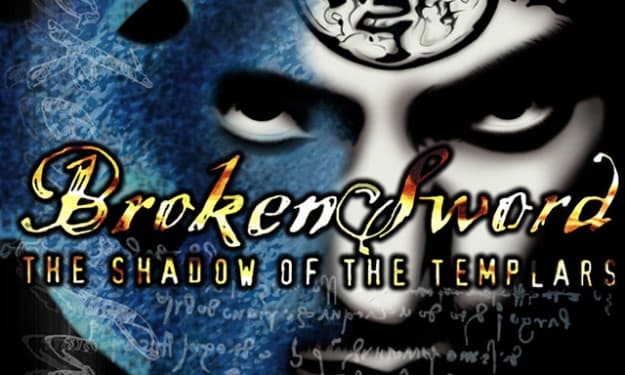
Title: "A Loyal Muse: Canine Presence in Art and Literature"
Introduction:
Dogs, often referred to as "man's best friend," have held a special place in human culture for centuries. Beyond their roles as loyal companions, protectors, and helpers, dogs have also played a significant role in shaping art and literature. From the captivating portraits of aristocratic pooches to the heartwarming tales of courage and companionship, the bond between humans and dogs has left an indelible mark on the creative world. This article delves into the intriguing and evolving relationship between dogs, art, and literature.
1. Canine Portraits: Capturing Elegance and Emotion
Throughout history, dogs have been depicted in various art forms, with their portraits often showcasing the artists' skill in capturing the essence of these loyal companions. Canine portraits emerged as a popular genre during the Renaissance period, when dogs were often portrayed alongside aristocrats and monarchs. These portraits not only celebrated the owner's status but also emphasized the emotional connection between humans and their furry companions. Artists like Sir Edwin Landseer and George Stubbs are celebrated for their ability to capture the unique qualities and personalities of dogs through their brushstrokes.
2. Symbolism and Allegory: Dogs in Art
Dogs have served as symbols and allegorical figures in art, representing a range of concepts from loyalty and fidelity to protection and guidance. In classical mythology, the dog Cerberus guarded the gates of the Underworld, while Anubis, the jackal-headed god, guided souls to the afterlife in Egyptian culture. In Christian art, dogs were sometimes depicted as guardians or loyal companions, and their presence often conveyed moral and ethical qualities. For instance, the dog in Jean-Honoré Fragonard's "Blind Man's Bluff" represents innocence and loyalty, adding depth to the narrative.
3. Literary Companions: Dogs in Fiction
Dogs have also left pawprints on the pages of literature, becoming beloved characters in countless novels, short stories, and poems. Authors have masterfully incorporated canine characters to enhance emotional depth, develop themes, and provide insight into human nature. For example, the unwavering loyalty of Argos in Homer's "The Odyssey" stands as a poignant symbol of enduring love and longing. In Sir Arthur Conan Doyle's Sherlock Holmes series, the intelligent and faithful dog Toby plays a crucial role in solving mysteries, showcasing the practical utility of dogs in literature.
4. Themes of Loyalty and Connection
One recurring theme in both art and literature is the unwavering loyalty and connection between humans and dogs. These themes reflect the deep emotional bond that humans share with their canine companions. In Jack London's "The Call of the Wild," the journey of Buck, a domesticated dog turned wild, speaks to the primal connection between humans and the natural world. This theme of transformation and connection resonates with readers and highlights the ways dogs can inspire personal growth and self-discovery.
5. Dogs as Heroes and Saviors
Dogs have often been cast as heroes in literature and art, demonstrating courage and sacrifice in the face of adversity. Their selflessness and instinctual drive to protect and serve have made them symbols of valor. The story of Hachiko, the loyal Akita who waited for his deceased owner at a train station for years, exemplifies the unbreakable bond between a dog and its human, and it has been immortalized in literature and film.
6. Contemporary Interpretations
In modern times, the portrayal of dogs in art and literature has continued to evolve. Artists and writers explore diverse perspectives, using dogs to comment on issues such as social change, human behavior, and environmental concerns. Cartoonist Charles M. Schulz's creation, Snoopy, offers a lighthearted and imaginative view of a dog's inner world, while Garth Stein's novel "The Art of Racing in the Rain" is narrated by a dog, offering readers a unique perspective on life's challenges and triumphs.
Conclusion:
The enduring presence of dogs in art and literature reveals the depth of the human-canine connection, showcasing themes of loyalty, courage, and companionship. From the grand portraits of noble canines to the heartwarming tales of devotion, the influence of dogs on creative expression has been profound. As both subjects and sources of inspiration, dogs continue to serve as a mirror to human nature, inviting us to reflect on our own emotions, experiences, and relationships. In every stroke of the brush and every word on the page, the canine presence remains a cherished muse, inspiring creativity and touching hearts across cultures and generations.





Comments
There are no comments for this story
Be the first to respond and start the conversation.